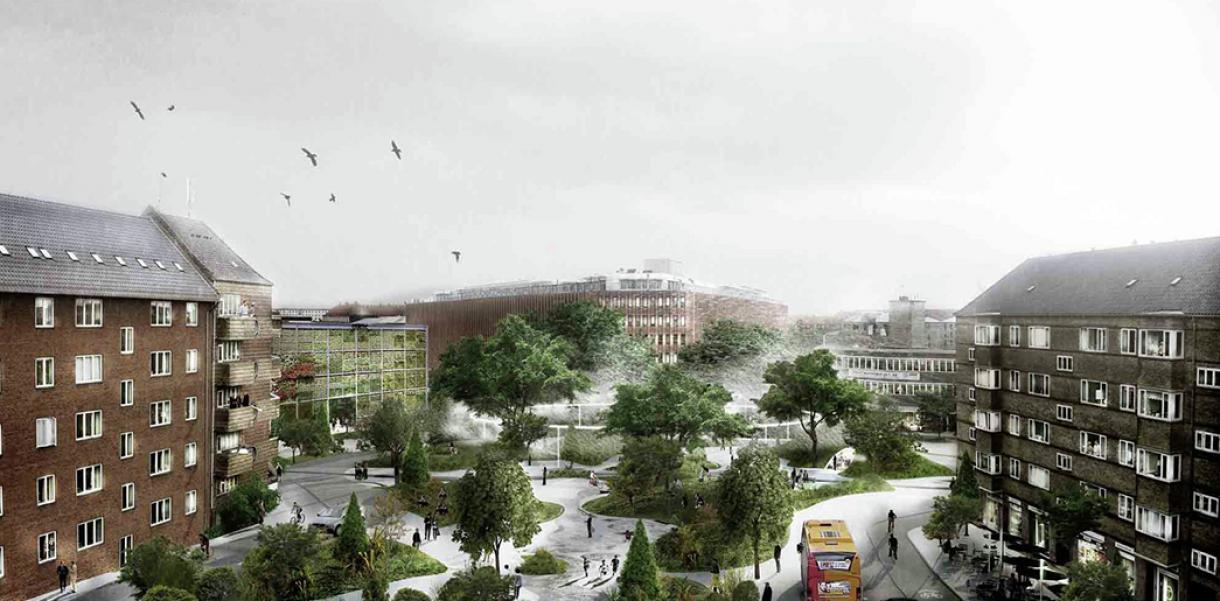A little while ago, Vittoria talked about designing for absence and just last week, Lesley showed that design can play a tangible role in bridging religions and creating more tolerant societies.
With a rapidly ageing society, death and religion are topics more in focus than ever before and are, arguably, the last two major design challenges at the end stages of a person’s life.
Meet Dr Aubrey de Grey, a biomedical gerontologist and Founder of the SENS Research Foundation in Silicon Valley. The 55-year-old, easily recognisable by a long, shaggy beard, considers ageing to be humanity’s biggest problem — and is on a quest to defeat it.
In de Grey’s view, our human bodies are like cars or any other objects that wear down over time until the damage is so significant that they can no longer be repaired. When the decline reaches its maximum, they get trashed — we die.
The consequent solution to this dilemma: design and repair the parts before they break — live forever.
According to de Grey, we’re yet to conquer ageing because we got lazy and too comfortable with the narrative of death being a natural part of life. But, that’s not completely true. Immortality and afterlife have long been an obsession of humankind. But, answers were usually sought in the spiritual sphere, in religions, not in pragmatic science and design.
De Grey’s approach is a new take and is becoming more and more mainstream. He is a frequent speaker at events by Singularity University and longevity movements and is supported by innovative thinkers such as Vitalik Buterin, the founder of Ethereum and last year’s INDEX: Award Winner.
“today, there’s barely a body part that can’t be exchanged. we can switch from one gender to another. stem cells can be grown — and with them any other cells. there’s little that seems impossible.”
But, he is also present at scientific symposia, where it isn’t so much the vision but the ability to prove or counter-prove a thesis that counts. And that’s the thing, although de Grey’s thesis isn’t garnering the same support in scientific circles as it is in the longevity and singularity movements, none can prove that his predictions are impossible.
Medical advancements and design even support him. A lot of what de Grey is talking about is happening already. From the beginning of the 20th century, the average life expectancy has risen by more than 30 years. Jeanne Calment of France, the oldest human being so far, reached a full 122 years and 164 days.
Today, there’s barely a body part that can’t be exchanged. We can switch from one gender to another. Stem cells can be grown — and with them any other cells. There’s little that seems impossible.
In recent years, we have seen so many designs at INDEX that show the leaps medical and technological advancements are taking — and this trends will certainly continue. But, we need to see more designs that help people cope with this change.
Until we can choose to be stuck in our 20s or 30s forever, our ever-prolonged, technology-enhanced lives and ageing population raise massive societal, ethical and economic design questions. And, of course, more tech can and will also provide answers. But, we also need to see more solutions that enable people to take small steps within their comfort zone: human-centred design solutions.
A beautiful one currently nominated for INDEX: Award 2019 is Alzheimer’s Village, a home for Alzheimer’s and dementia patients that feels more like a village or city, rather than a bleak institution.
De Grey believes the first person to live to a 1000 years is already alive, they better book a spot.






